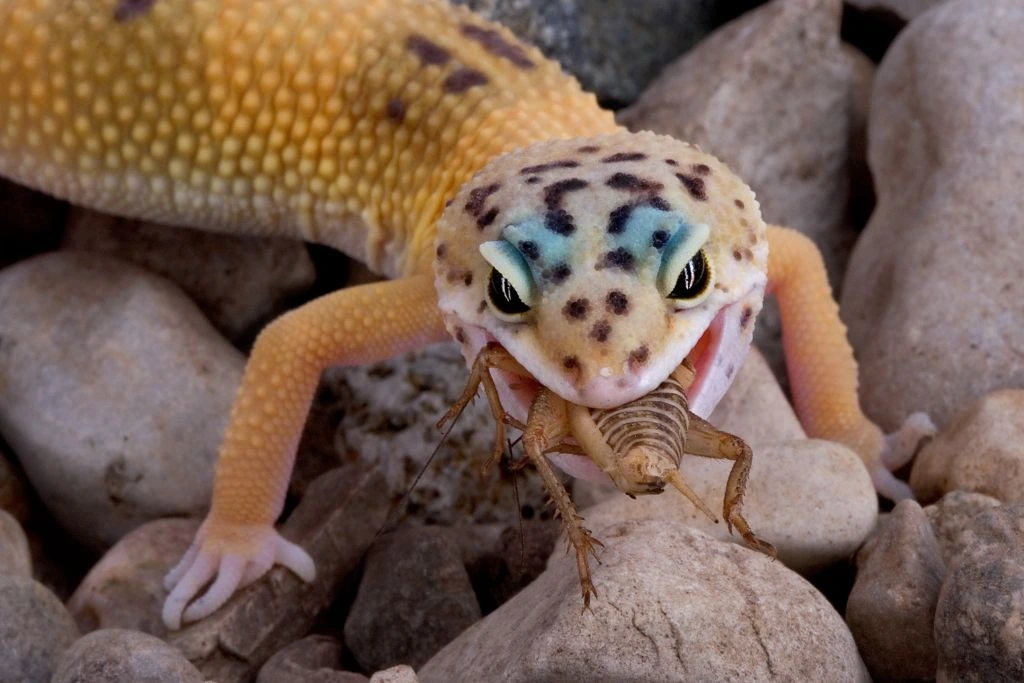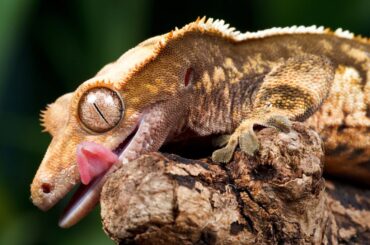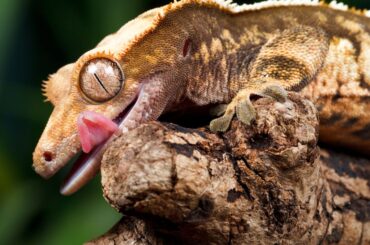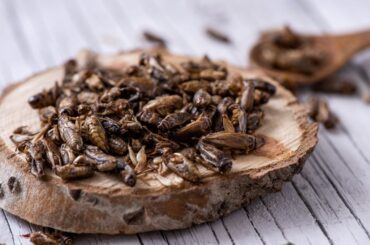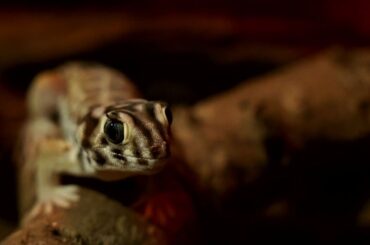Leopard geckos are among the most popular pet reptiles in the United States. They’re easy to care for, make great companionship pets, and are fairly low maintenance. However, feeding your leopard gecko can be tricky if you aren’t familiar with its nutritional needs.
This article will help you learn what foods work best for them, how often they should be fed, and other important information regarding their dietary needs.
Leopard geckos are insectivores, which means that their diet is mostly composed of insects, of which crickets are a part. So, the short answer is yes, leopard geckos eat crickets. They are, in fact, the best staple to give leopard geckos because of their high nutritional content.
Are Crickets Good and Healthy for Leopard Geckos
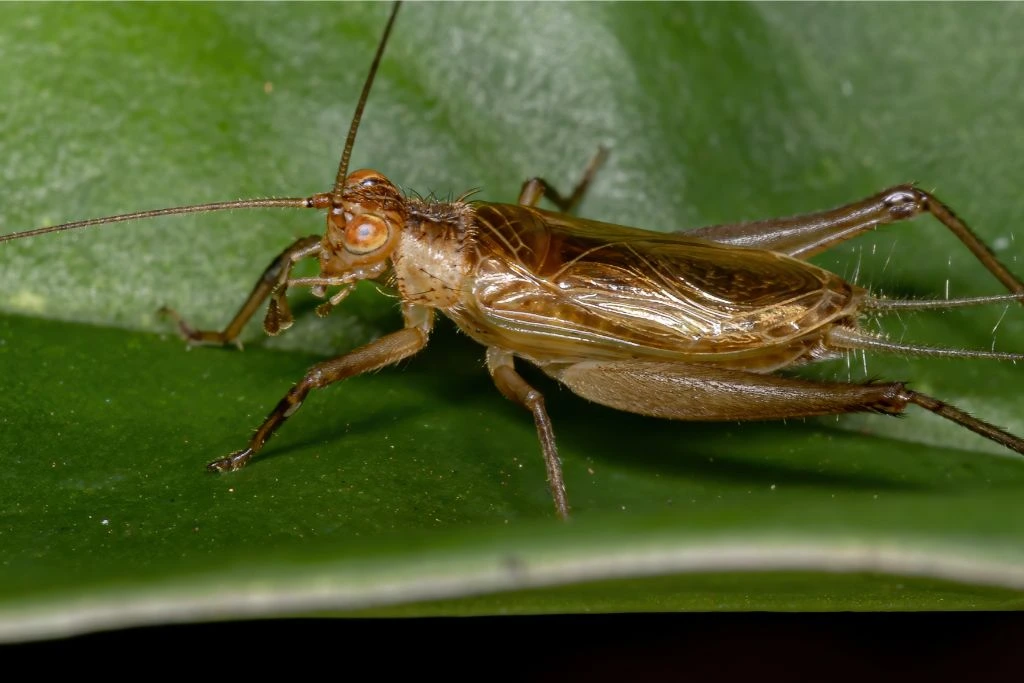
Yes, crickets are a great source of protein, calcium, and other nutrients that your leopard gecko needs. They also provide vitamin D, iron, and phosphorus—a mineral that helps to build strong bones in reptiles.
Crickets are an excellent complement to a healthy diet because they contain all the essential amino acids reptiles need but do not contain cholesterol or fat like other meats.
You can also feed your leopard gecko mealworms, waxworms, and super worms. These are all good sources of protein and calcium.
- Protein: Crickets have an excellent source of protein that can help your leopard gecko grow bigger than usual and keep them healthy. This is why we recommend feeding crickets to your pet dragon. After including crickets as part of their diet, you will notice how fast they gain weight.
- Calcium: The calcium in crickets helps build strong bones for the body and teeth so that they can grow faster than normal.
- Vitamin D3: This vitamin is essential for leopard geckos because it helps your pet process calcium and other nutrients. Without it, geckos won’t be able to absorb calcium, leading them to suffer from calcium deficiency and metabolic bone disease.
- Vitamin A: This vitamin is necessary to facilitate skin cell growth and development. You can keep your gecko’s eyes and eyelids properly functioning.
These important vitamins can be found in crickets, which keep your leopard gecko healthy.
How To Feed Crickets to Leopard Geckos?
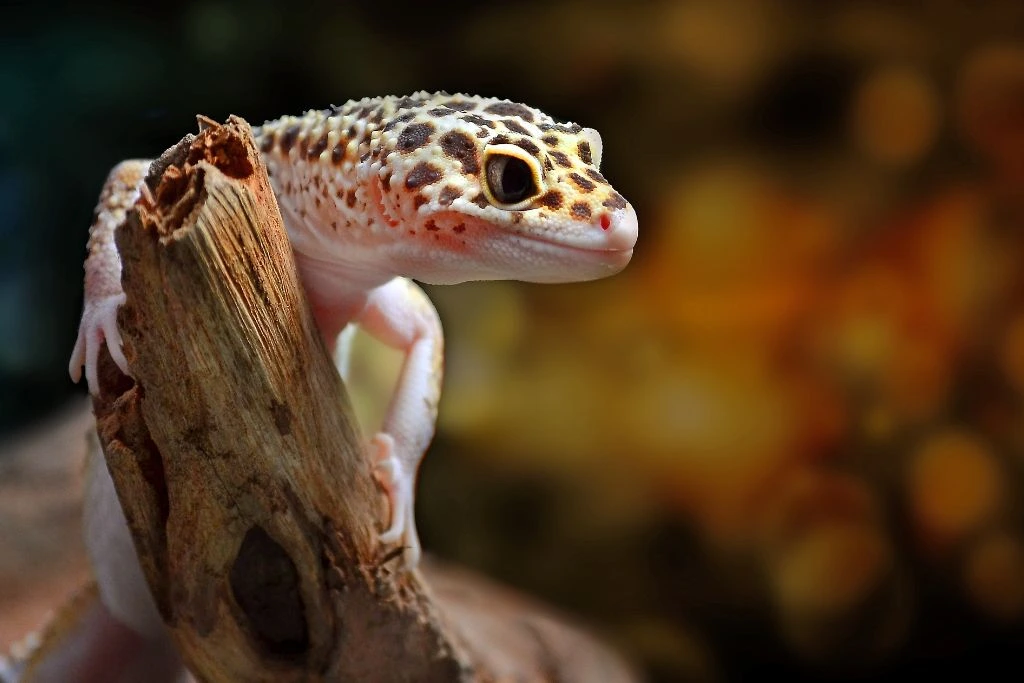
While you can give leopard geckos crickets, it won’t provide them the best nutrition if you can’t feed them properly. Here are some pointers to remember when feeding crickets to your leopard gecko.
Crickets should be gut loaded.
The best technique when cricket feeding is to prepare the insects. At least 24 to 48 hours before feeding them to your leopard gecko, feed the crickets various food items, such as carrots, leafy greens, apples, and bananas. Not only does proper feeding keep them alive longer, but it also improves their dietary value for your geckos.
You can also give crickets formulated feeds.
Dust crickets with calcium.
You can deliver the insects with higher calcium levels by using crickets with calcium powder. However, be careful about giving too much calcium. The provision of too much calcium can lead to organ and blood vessel mineralization. Calcium can also neutralize digestive enzymes, which can cause problems in digestion.
Dust the crickets only once or twice in a week’s time. Take note that calcium powder should be phosphorus-free.
Never leave live crickets in the tank.
It might be tempting to leave live crickets in the leopard gecko’s tank. However, this practice can be harmful to your pet. Crickets can attack the gecko, causing injury and stress. Some crickets may also die in the tank, and their remains can remain hidden.
You might ask, “Can I feed my leopard gecko dead crickets?” Our advice? No. You want your gecko to get the best nutritional value, so only feed them live ones.
Be wary of overfeeding.
You can feed your leopard gecko a variety of insects. The most important thing to remember when feeding your leopard gecko is not to overfeed it. It’s important that you don’t give your gecko too many bugs because it can cause health problems, such as diarrhea or bloating. For best results, follow a leopard gecko feeding schedule.
How Often Can You Feed Crickets to a Leopard Gecko?
Now, you might be wondering, “How many crickets to feed a leopard gecko?” or “What size crickets for leopard gecko?”
As mentioned, care should be taken to ensure that crickets aren’t overfed. When giving crickets to leopard geckos, size matters.
How many crickets to feed a baby leopard gecko? Ideally, baby leopard geckos should get around seven crickets daily until they grow about four inches. The crickets should be about ⅜ in size.
Once they reach full growth, they should get seven large crickets weekly.
Other Food Items You Can Feed Your Leopard Gecko
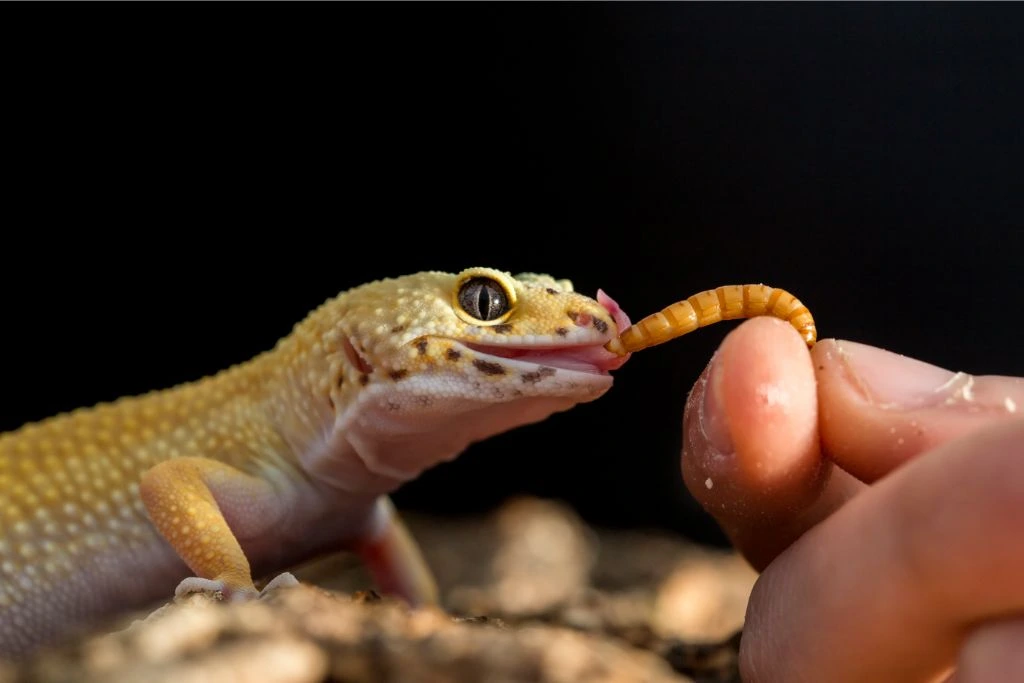
Aside from crickets, you can also feed your leopard gecko other types of food. Here are some of them:
Mealworms: These worms are another easy option on their digestive systems because they don’t need any special preparation before feeding them. Hence, there’s no risk of choking or anything like that when eating these insects! Your pet will also love having something crunchy in its mouth, which might help keep him entertained while waiting patiently outside his cage until mealtime arrives.
Silkworms: Silkworms will provide your geckos with the same high moisture, protein, and calcium. They are easy to digest because of their soft body. However, they can be tricky to find. Some leopard gecko owners who prefer feeding silkworms opt to grow the worms themselves.
Dubia Roaches: Feeding your leopard geckos with cultured roaches offers excellent dietary advantages. Roaches contain high levels of protein, giving your geckos enough energy to stay healthy. Of course, it goes without saying that the Dubia roaches you should feed your gecko are also fed well with vegetables, fruits, and cereals.
Beginner leopard gecko owners may find it easier to feed only one type of food. However, a varied diet helps them get the most nutritional benefits.
Prepare Your Crickets for Feeding Your Leopard Gecko
We hope you found this guide helpful! Now that you know how to feed crickets to your gecko, you can decide which type of cricket is best for your leopard gecko. You should also know that there are many other insects you can feed your pet gecko.
The best thing about giving them insects is that they’re high in protein, calcium, and other nutrients, which will help keep them healthy and strong throughout their lives. It’s best to follow a feeding regimen. A schedule will help them get used to a feeding routine, allowing them to maximize health benefits.

